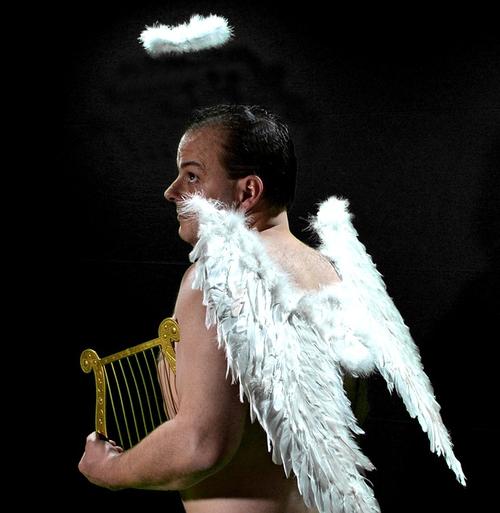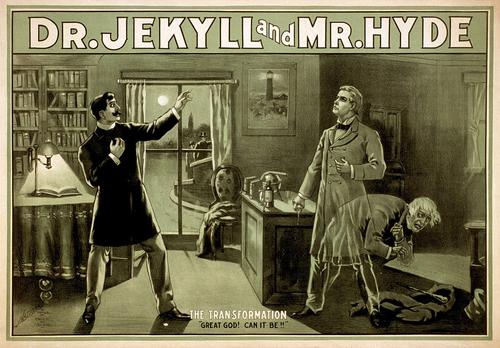Photo by Marcos Paulo Prado on Unsplash
I’ve written about dialogue before on this blog, but it seems an important enough topic that I wanted to give it another go.
The Functions of Dialogue
An author has many techniques and tools available to help her tell her story. One of the most useful is dialogue. Dialogue is the literal speech of characters, often in conversation with one another.
Example A
Louisa asked me what I planned to do today. I replied with something non-committal.
Example B
“What about today?” Louisa asked. “What are your plans?”
“I’m really not sure. Depends on what I find when I check my email.”
Example A above is not dialogue. Even though it refers to characters’ speech, it does not include the actual words spoken, as provided by Example B.
Dialogue supports story telling in a variety of important ways. First of all, dialogue reveals the nature of characters. The words that the characters choose can convey information about the characters’ emotional state, educational level, ethnicity, and style of interaction. Also, dialogue can clarify the relationships between characters. Are they intimates or casual acquaintances? Is there a power differential, e.g. between an employer and an employee, or a royal and his servant? Consider the following variants on Example B.
Example C
“What about today?” Louisa asked. “What are your plans?”
“Dunno. Depends.”
Example D
“What are your plans for today, sir? Will you be needing me?”
“I’m not sure, Louisa. Perhaps. I’ll ring if I require your assistance.”
In Example C, we can surmise that the second speaker is close to Louisa, given his informal grammar. He might also be a surly teenager! Example D makes it obvious that the second speaker is in some sense the master, and the first is his subordinate.
Dialogue can also be used to advance the action in your story. Well-crafted dialogue can substitute for describing what the characters are doing.
Example E
“Quick! The ceiling’s on fire! It could collapse at any moment!”
“If I can just get this damn window open – argh, it’s stuck – wait, it’s moving – there! Come on, I’ll give you a boost!”
Example E (hopefully) makes the characters actions clear while also revealing something about their emotional state.
Finally, dialogue can inform your reader about backstory or reveal information that is essential for the plot.
Example F
“We found an empty gasoline can in the back yard, and half a dozen burnt kitchen matches. Must have been arson.”
“I’ll bet that it was Henry Jones. He’s had it in for me ever since Joyce chose to marry me instead of him.”
As the author, I could have described the first speaker’s actions in finding the evidence. Perhaps I could have introduced the envious Henry earlier and explained his history. However, using dialogue I can convey this information while also giving the reader some sense of the characters’ personalities and styles.
In all the examples above, I have presented only the characters’ words, along with the occasional speech tag (see below). It is quite common, though, to intersperse speech with descriptions of actions or emotions:
Example G
Charanjit came to the door as Benton sat eating the last of his sweet rice, sometime around noon. “We are ready to roll, my friend.” His clothes were soaked from head to toe and his puttees were spattered with mud, but his smile was cheerful. “The radiator is fixed.”
“Good.” Benson smiled back. “I owe you for last night.”
Charanjit cocked his head. “It is nothing. Only a trip to Darwha – you have already paid for the radiator.”
Benton chuckled. “No, not that. I was talking about the woman. You’ll have to tell me what I owe you—whatever you paid, it was not enough. She was very fine.”
Charanjit frowned. “What woman, Joseph? I did not pay for a woman.”
(from “Monsoon”, by Arinn Dembo, Best Fantastic Erotica, Circlet Press 2007)
Example G uses dialogue to convey plot information and character relationships, but relies on physical description (smiled, cocked his head, frowned, etc.) to explicate the characters’ emotions.
It is perfectly possible to write a story without any dialogue at all. At the same time, I have read stories which were dialogue only. The entire background, plot and character development were all communicated by what the characters were saying. As an author, you need to decide how to best use dialogue in your writing. However, there are several pitfalls in using dialogue of which you should be aware.
Common Problems with Dialogue
Punctuating Dialogue
Dialogue should always appear inside quotation marks. In American English, the text of the character’s speech should be enclosed in double quotes “like this”. Some publishers who use British English specify that speech should be enclosed in single quotes instead, ‘like this’. In either case, a reference to someone else’s speech inside a quotation should use the opposite style of quotation mark. For example:
Example H
“It wasn’t John F. Kennedy who said ‘I have a dream’. It was Martin Luther King,” Robert insisted.
(American English style)
Many authors are unsure of how to punctuate dialogue when it includes so-called speech tags such as I said or Robert insisted. The general rule is that the punctuation of the sentence being spoken goes inside the quotation marks. Futhermore, instead of using a period to punctuate a statement, one should use a comma (as shown in Example H). This is only true when the quoted speech is followed by a speech tag. Example J below shows the correct American English punctuation for statements, questions and exclamations, with and without speech tags.
Example J
“Dialogue is easy,” Mary said. “It’s creating a plot that is difficult.”
“How can I tell whether to use dialogue or not?” asked Jim. “Can you explain?”
“Easy!” exclaimed Mary. “Can you hear the characters talking in your head? If so, use dialogue!”
Dialect
When a character has particular ethnic or social background, it’s tempting to try to indicate this in his dialogue by using non-standard or phonetic spellings.
Example K
“Youse guys are dead meat,” threatened Joe. “Yer not gettin’ away from me this time.”
“Y’all sher gave me a start. I hain’t seen anythin so black in a week a Sundays.”
“Sher, and she’s a wee bairn.”
Used judiciously, dialect, and especially regional vocabulary or idioms, can enhance your dialogue, making it more colorful and expressive. Most editors, however, frown on non-standard spellings like the ones employed in Example K. Instead of distorting the spelling of words, you can use typical cadence of speech from a particular ethnic group as well as distinctive expletives or expressions. Be careful, too, in using foreign terms or words that are likely to be unfamiliar to your readers (like “bairn”, above). This can be a particular problem with historical fiction. You need to consider whether the context will be sufficient to clarify the meaning. When in doubt, it is better to use common or standard words then to employ a special term that might confuse or confound your readers.
Conversational versus Formal Style
One of my personal problems when I began writing was that my dialogue was far too formal. My characters all spoke in full sentences and rarely if ever used contractions. In fact, except in special circumstances (such as public speeches), people tend to use much more informal language in speech than in writing. Sentence fragments are common, as is slang and contractions. Interjections (words like “Hey!”, “Huh?”, “Um…”) are interspersed with content and help to convey emotion. My early dialogue sounded stiff and unnatural, and all my characters talked as though they had PhDs.
A strategy for making dialogue more natural is to try reading it aloud. Do your characters sound realistic? Do they interrupt themselves? Do they express emotion as well as information?
Improving your dialogue
Learning to write realistic dialogue takes practice. Listening can help. Tune in and eavesdrop on the conversations you might overhear on the bus or waiting in line at the grocery store.
Then, when you sit down to write your own dialogue, try to listen to your characters. Imagine them speaking. Hear them in the your head.
Another great way to practice is to write all-dialogue Flashers. In case you’re not familiar with the term, a flasher is an entire story in only two hundred (or some people say, one hundred!) words. That’s tough to do – but it becomes even more of a challenge if you try to use only conversation to push the plot forward.
Sundays in the Storytime email list are dedicated to flashers (and poems). If you’d like to see how it’s done, or try your hand yourself, you can join the Storytime list here.
Meanwhile, I’ll end with an all dialogue flasher I wrote a few years ago. It’s particularly appropriate since I’m currently immersed in a steam punk erotica WIP!
Research
By Lisabet Sarai
“Miss Meriweather. Increase the gain by another order of magnitude. Ah—oh, by Newton’s apples!—”
“Is that too much, Professor? Shall I dial it back?”
“No, no, we must continue. Another notch, please.”
“But your face is scarlet, sir. And your member—Oh, God, are those sparks?”
“To be expected when experimenting with electrical forces, Miss Meriweather. Adjust the rheostat as I’ve instructed. Argh—that’s good, excellent…Oh! More. More…!”
“Sir, the boiler will blow. The needle’s halfway into the red zone already.”
“We need more power—more steam—oh, incredible! Amazing! We shall be the first to chronicle the detailed response of the male organ to various levels of electrical stimulation—oh, by Aristotle, turn it up, girl! Don’t stop now!”
“I smell burning. And you’re drenched with sweat.”
“All—all the better—ah! Enhances conductivity—what? What are you doing?“
“Protecting you from excessive scientific curiosity. I don’t want you hurt.”
“But—I was so close to a breakthrough… Unstrap me immediately, Miss Meriweather. If you won’t assist me, I’ll have to man the controls myself.”
“Sorry, Professor. I can’t do that.”
“You disobedient little hussy! And where—oh, by Pythagoras, you’re not wearing knickers!”
“Before you research artificial sexual stimulation, sir, shouldn’t you investigate the real thing?”














